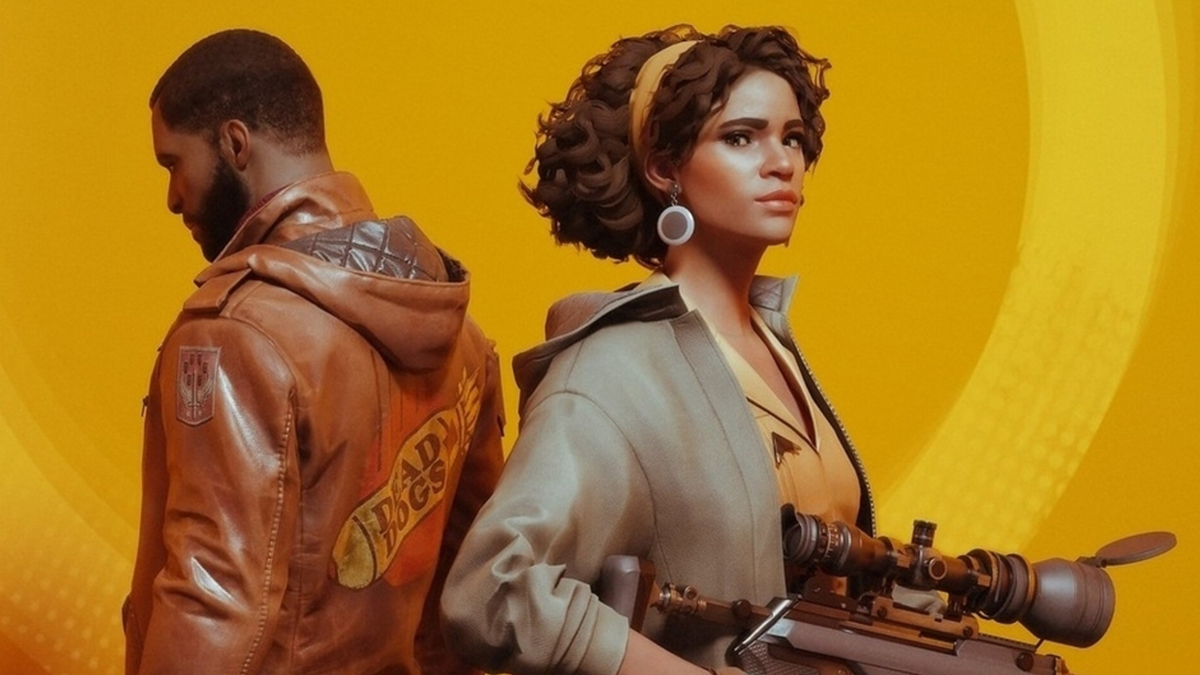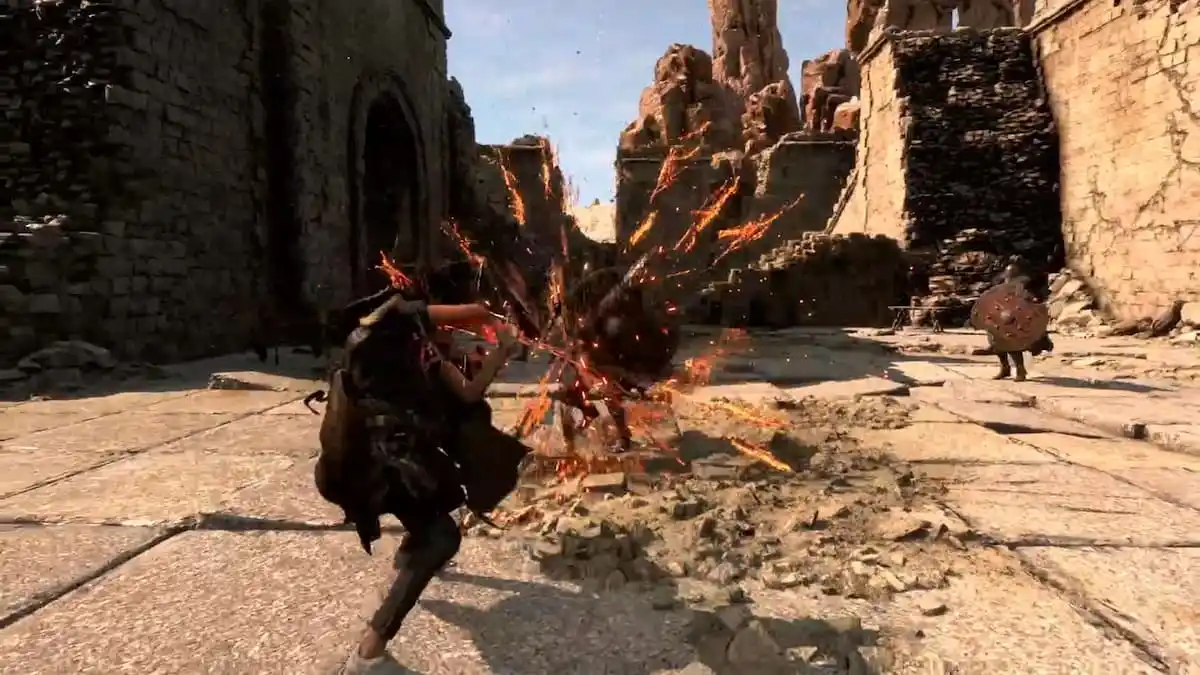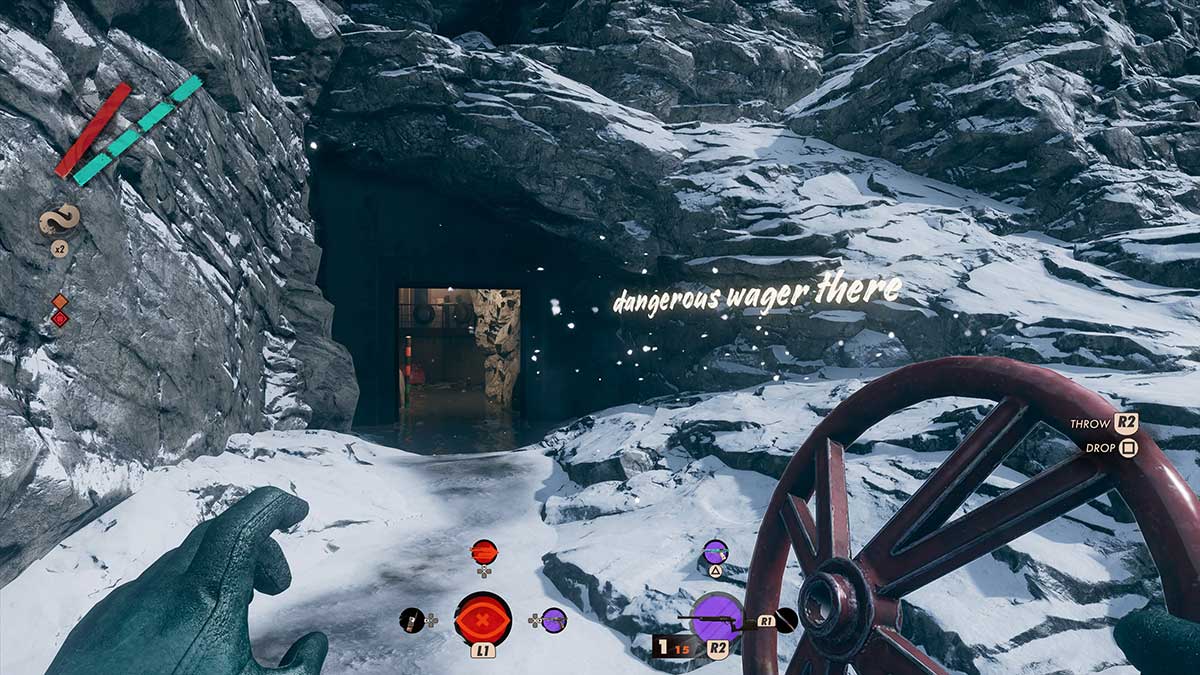In typical Arkane fashion, Deathloop didn’t make the biggest splash in terms of sales figures despite such strong critical reception. Eight months out from its initial release, Deathloop fans can finally expect long-awaited features on both PlayStation 5 and PC. If you have yet to dive in, this latest update might be enough to tip the scales, especially if you’re a virtual photography aficionado or found issues with its accessibility options.
Beginning today, Deathloop’s third major post-launch update adds a photo mode on both PS5 and PC. Today also marks the launch of AMD FSR 2.0 support exclusively on PC, seeing as the technology has yet to announce PlayStation support. Additionally, the update also adds a free string of Deathloop PS5 avatars, as well as the inclusion of new accessibility options.
Deathloop’s photo mode can be accessed from the pause menu, letting users select from a range of filters, frames, and stickers to take expressive shots. There’s the expected suite of camera manipulation settings such as depth of field and field of view. However, character models can also be placed into specific poses, given different weapons, and even dressed in various outfits, providing further freedom in the virtual photography space.
As for the accessibility options now on both platforms, Deathloop better accommodates people with visual and physical impairments. Most notably, there is now an option to tune the overall game speed as low as 50% of the original setting. This makes it more manageable to keep up with its generally brisk pacing.
The combat difficulty can also now be adjusted, along with new HUD options and subtitle settings. Users are able to adjust the size, color, and opacity of different aspects of Deathloop’s HUD and text elements.
On the PC side, AMD FSR 2.0 is a major addition. While the game already utilized AMD FSR 1.0 on both PlayStation 5 and PC, the newest iteration of FidelityFX Super Resolution is a vastly different beast. The 1.0 version of FSR was a straightforward spatial upscaling technique that could only draw on information from current frames. It was mostly used to treat edges of surfaces.
AMD FSR 2.0, on the other hand, is a much more complex reconstruction technique that utilizes information from previous frames to determine the final image output. This method is able to simultaneously clean up edges while increasing the in-surface detail of in-game artwork. It is similar to Unreal Engine’s Temporal Upsampling, which has been used in titles such as Gears 5.







Published: May 12, 2022 11:03 am